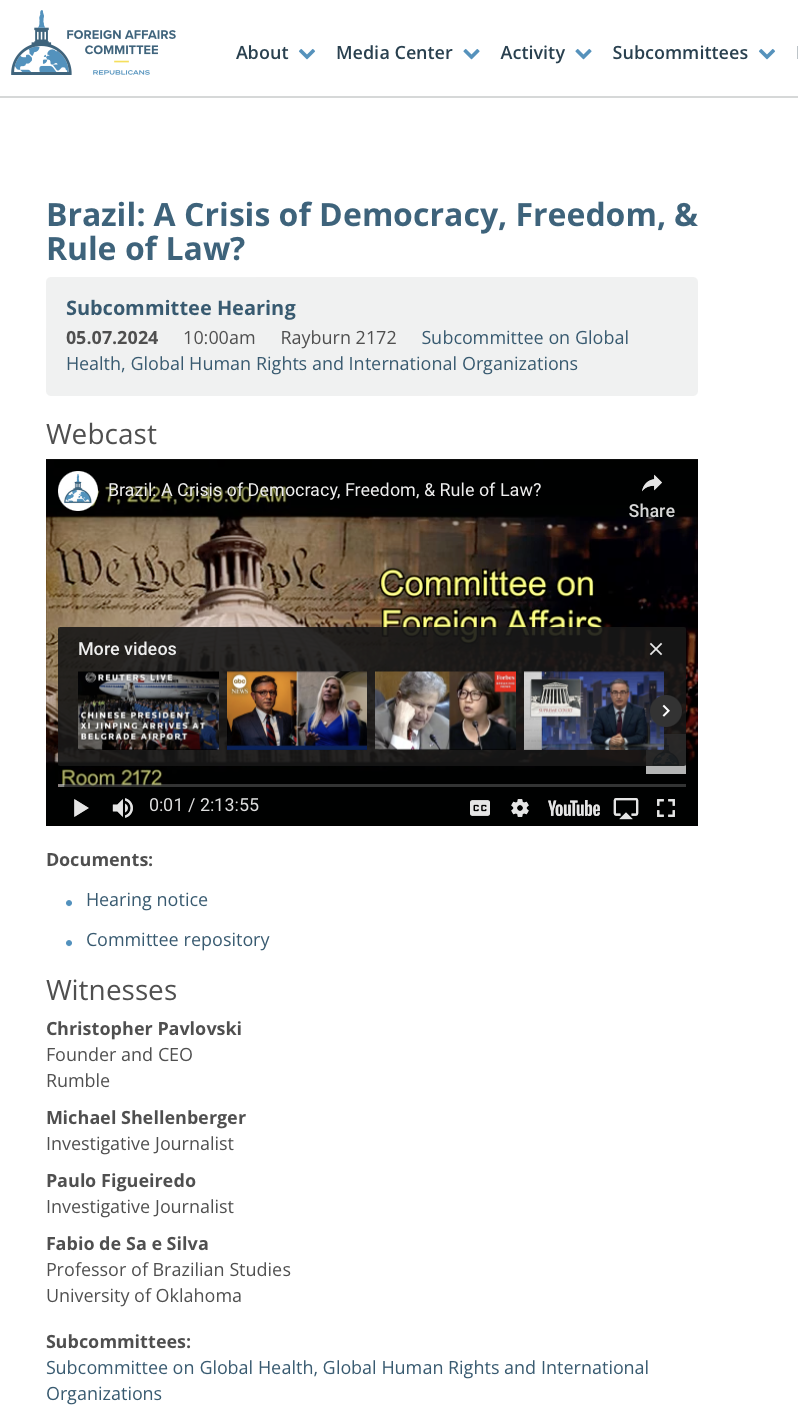Updated August 30, 2021
Illinois
It would take 24 nuclear reactors to completely decarbonize Illinois’ electric grid with only nuclear energy.
From 2004 to 2019, Illinois’ carbon emission from electricity generation fell from 100 million to 63 million metric tons, or 37 percent, outpacing California (32 percent) and Texas (15 percent), but falling short of New York (57 percent).
Illinois’ electricity prices rose 38 percent between 2000 and 2019, which is less than California (62 percent) but more than Texas (16 percent) and New York (29 percent).
In 2016, Illinois passed legislation that protected Illinois nuclear plants from closing prematurely.
Over 60 climate scientists and environmental leaders wrote to state, industry, and environmental leaders, urging them to support the legislation, which would protect nuclear power for its environmental and economic benefits.'
Since the nuclear victory in 2016, the question of whether to extend subsidies to nuclear plants to prevent closures is once again in front of the Illinois legislature. This time, the NRDC, which is directly invested in solar panel and natural gas companies, and other environmental groups are against saving Illinois’ nuclear plants.
Environmental Progress applauds the passage of legislation in the Illinois House of Representatives to protect Illinois nuclear plants from closing prematurely. It is a victory for protecting high-paying jobs, clean air and the climate. The Senate is expected to pass the legislation, and Governor Rauner has indicated he will sign it into law.
We also applaud NRDC, Sierra Club, and EDF for their support of the legislation. This is the second time this year that nuclear power plants have been recognized and rewarded by state legislation for their strong environmental benefits. The first time was by New York in August, and the same groups there endorsed the bill, allowing for its passage. The Illinois legislation includes large subsidies for energy efficiency and smaller ones for solar and other programs that the big three didn’t want to walk away from.
Environmental Progress organized three open letters signed by over 60 climate scientists and environmental leaders. I testified in Springfield, Illinois about our research into the legislation’s costs and benefits. And in April I travelled to Illinois with James Hansen, Robert Stone and others, which was covered by the Wall Street Journal and appeared to inspire Robert Downey, Jr. to say, ""It’s like half the people who were saying ‘No nukes!’ are now realizing nuclear is the best way to go for energy for the future.”
No complicated modeling is required to understand the economic and environmental consequence of losing the two at-risk nuclear plants, Clinton and Quad Cities.
The Illinois EPA estimated that most of the replacement power would come from coal, and Environmental Progress calculated that emissions would have risen by an amount equivalent to adding roughly two million cars to the road.
Nuclear energy is higher tech than other forms of power generation and so its workers make significantly higher wages than coal or natural gas workers. Illinois has very little natural gas and so losing two nuclear plants would have meant a net job loss in Illinois.
The cause of nuclear’s troubles is simple: it is excluded from generous subsidies and state mandates for wind and solar, and rock-bottom natural gas prices. That wind subsidy is 23 years old and about twice as large as the support extended to nuclear plants in New York. But anti-nuclear advocates deride far lower support for nuclear as a “bail-out.”
The nature of the wind subsidy is such that it has required the main operator of Illinois' nuclear power plants to pay for the power surges created by wind turbines. These surges often come in the middle of the night when demand for power is at its lowest.
Meanwhile, during hot, air conditioner-hungry days this summer, the wind didn’t blow when demand was highest. And that meant Illinois was burning more coal and natural gas. (Illinois is cloudy and thus a poor state for solar. Even so, the Illinois legislation gives new subsidies to solar.)
Given the power and influence of anti-nuclear institutions, neither New York nor Illinois bills went far enough.
Nuclear plants are only being protected from early closure. There are still no plans to replace those plants when they retire in 2030 or 2035, much less expand them. (The New York and Illinois legislation effectively create a "separate and unequal" category for nuclear that is not part of the mandates for solar and wind.)
Around the world, closing nuclear plants increases pollution and kills high-paying jobs, and yet Illinois’ most powerful environmental group, ELPC, opposed the legislation. ELPC's founder-president, Howard Learner, joined forces with the coal industry coalition, the “BEST Coalition” — a front group for NRG, a big coal generator — to attack the legislation as a “bail-out” for nuclear, something much of the Illinois media dutifully repeated.
Learner’s tactics included deception and misinformation. Learner produced a study he claimed showed that Illinois EPA was wrong and that nuclear plants wouldn’t be replaced with coal. And Learner told a journalist that there would be a jobs gain from closing nuclear plants and replacing them with natural gas. In truth, the opposite is the case.
Learner has been anti-nuclear for over 30 years. In 1984 he wrote an oped for the Chicago Tribune calling for a halt to the construction of Braidwood, an Illinois nuclear plant, saying more coal and natural gas should be burned instead.
Addressing climate change requires having 100 percent of our power supply from low-carbon energy sources. As such, anti-nuclear groups must continue to change their position on nuclear if they are to credibly claim they are concerned about air pollution and global warming. They should support including nuclear in state renewable portfolio standards, and seek to equalize federal subsidies.
The Illinois victory shows that we still have a long way to go toward protecting and expanding nuclear. Nobody has a realistic vision for expanding rather than merely maintaining nuclear energy. The US could lose half of our reactors in the next 13 years, and yet many of the institutions that should be fighting the hardest to save nuclear plants are doing remarkably little. The lesson from Illinois is that for the situation to change, the key institutions — both pro-nuclear and anti-nuclear — must change first.


















